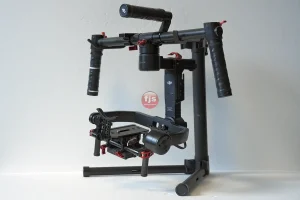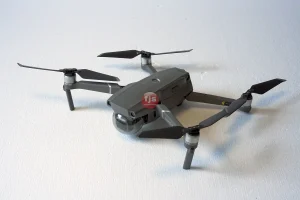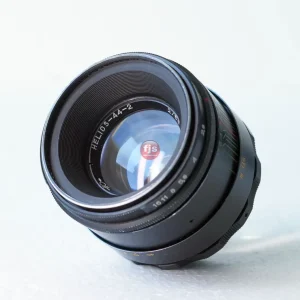
The history of movie making technology is filled with innovation and progress. From the earliest days of cinema, filmmakers have been using innovative ways to create and present their films.
Early Movie Making Technology
Movie making has been around for centuries and has seen many changes in technology. Some of the earliest movie cameras were made from simple boxes with lenses attached to them. In the early 1900s, films were first shown on screens in theaters. This meant that movie making technology had to change as well, since films now needed to be shown on a big screen. Eventually, movies got smaller and could be seen on portable devices like phones and tablets. Today, movie making technology is more sophisticated than ever and continues to evolve in surprising ways.
Cinema Movie Projectors Technology
Cinema is one of the most popular forms of entertainment in the world. Over the years, movie making technology has evolved considerably, from simple projection systems to high-tech 3D theaters. This article takes a look at some of the key innovations in cinema technology and how they’ve changed movie-going experiences for audiences around the world.
In 1894, Thomas Edison released his first motion picture using a kinetoscope. This primitive device was essentially a camera with a moving lens that captured still images on paper film. Although this technology was primitive by modern standards, it demonstrated the potential for moving images and set the stage for more advanced cinematic technologies to follow.
The first commercially successful motion picture system was developed by George Eastman in 1895. His Kinetophone machine used waxed paper film that could be played back on an accompanying phonograph machine. This system was fairly rudimentary and only showed short films – typically 8 to 10 minutes long – but it demonstrated the power of moviemaking technology and paved the way for further development in this field.
In 1906, Louis Le Prince developed what is now known as ‘the Vitascope’. This system used an image
One of the earliest methods for creating movies was through the use of motion pictures. Early film pioneers used optical printing process to capture images on a strip of celluloid nitrate film. These early films were very short, and were typically shown on a large screen in theaters.
The first feature-length movie was released in 1895, and featured 12 minutes of footage. The technology for creating feature-length movies hadn’t changed much over the years, until the arrival of digital cinema in the late 1990s.








